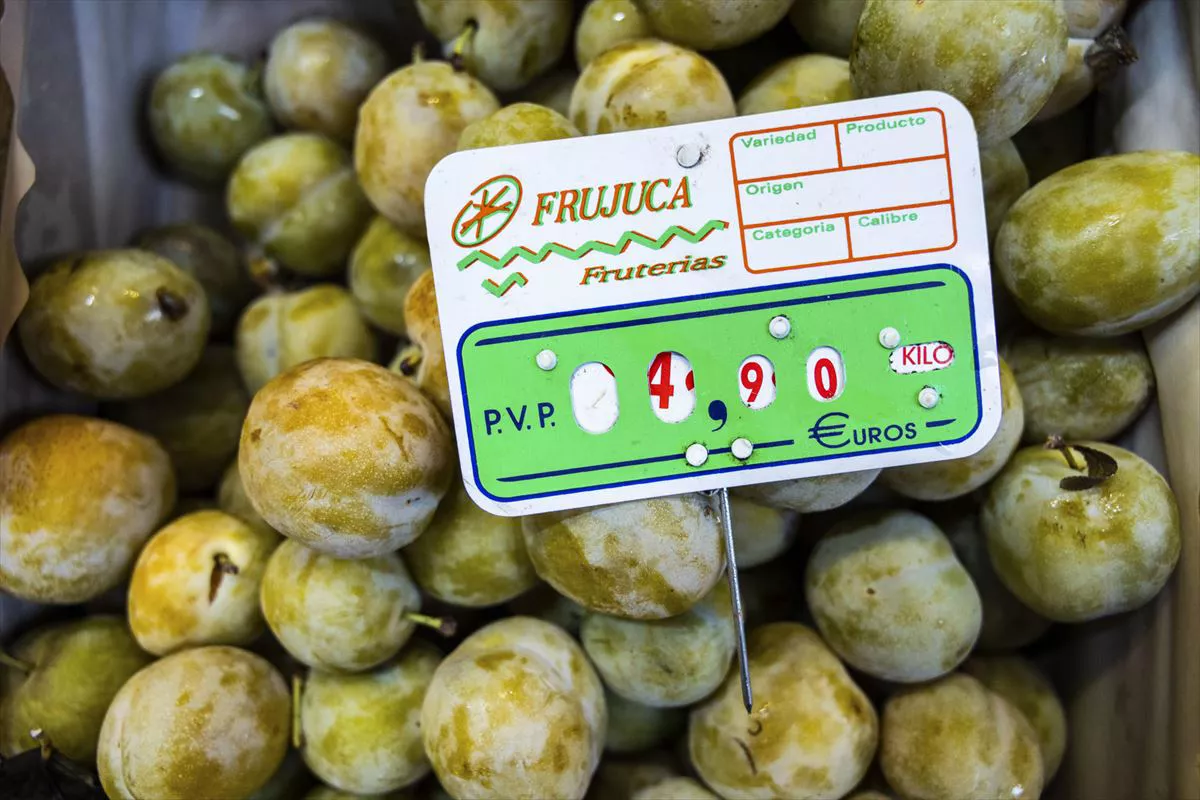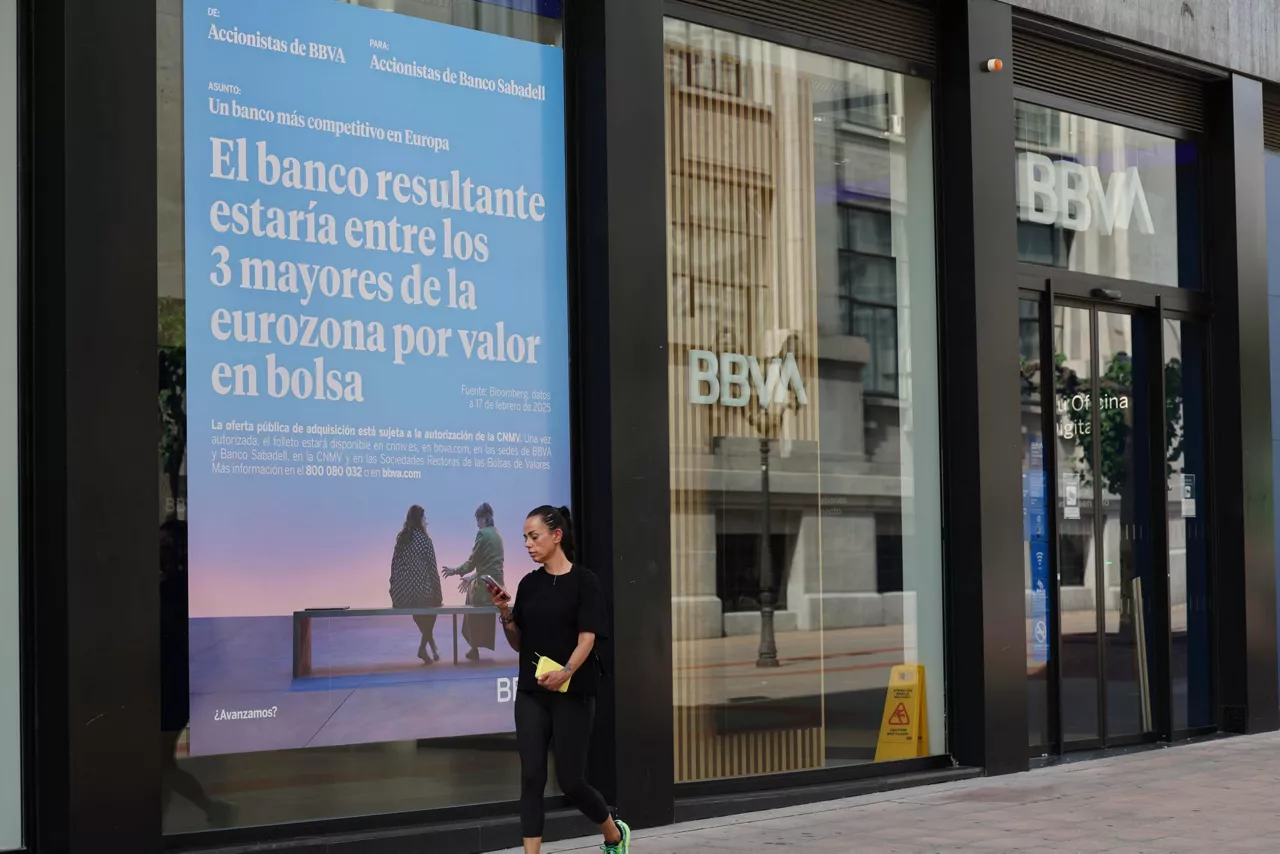26% of thefts in stores take place in summer; the most stolen products are wine, intestines and facial creams
The category of food and beverages is at the top of Nielsen's national ranking, followed by personal care products.

High-consumption companies face the impact of economic losses caused by theft and administrative failures throughout the year, but summer remains the second seasonthat accumulates the highest concentration of cases, with 26% of the total cases, only after winter (35%). These are the results of the state-level research of the 2024 Commercial Distribution Theft Barometer by Nielsen, with the support of Aecoc and Checkpoint Systems.
In particular, food and beverages predominateamong the most affected categories, accounting for 43% of the unknown loss of summer, and the most stolen products in this group are wines and spirits, sausages, smoked preservatives and oils. In this context, most companies operating in this category claim to have increased or maintained theft compared to the previous year.
31% of the unknown loss recorded in summer corresponds to personal care, beauty, pharmacy and parafarmacy products . Facial creams, hair products (shampoos and dyes) and razor leaves lead the ranking of most stolen products, in a category that tends to rise from the previous year.
In DIY and home, batteries and batteries are the main focus of theft, according to 83% of companies that market this category, and most of them perceive more fluctuations in this product family.
Asfor electronic products , smartphones are the most stolen items, followed by headphones and video games.
Although the textile sector accounts for 5% of the summer loss, it has a tendency to be confused. Footwear and clothing, especially t-shirts, pants, shirts and clothing, along with sportswear, are the most vulnerable products in this regard.
More news about the economy

The Basque Government denies environmental authorization to wind farms El Haya 1 and 2 in Balmaseda
Side Recovery Systems wants to install four wind turbines in the Kolitza area, but, according to the report, the area is protected by the alimoche.

CPI in the Basque Country fell by a tenth in July and rose 0.2% in Navarre
In year-on-year terms, inflation is 3 per cent in the Basque Country and 2.7 per cent in Navarre, the same as in the State average.

Statkraft has criticized the negative environmental impact statement of the projected wind farm
The wind farm was planned in the Guipuzcoan municipalities of Azpeitia, Zestoa and Errezil and has received an adverse environmental resolution. The company considers that the wind farm "was designed to promote the socialization of energy, seeking the involvement of companies, administrations and local communities".

The government has denied environmental authorization to the Piaspe wind project
The Department of Industry, Energy Transition and Sustainability of the Basque Government has rejected the project of the wind farm planned by the company Statkraft between Azpeitia, Zestoa and Errezil. The report concludes that the mills and energy infrastructures that were to be built in the area of the mountain would cause environmental damage.

BBVA maintains its offer and continues its efforts to buy Sabadell
The decision to maintain the purchase offer by the company chaired by Carlos Torres comes a week after Sabadell shareholders almost unanimously agreed to sell its British subsidiary TSB to Santander Bank.

Strike at the Bilbao Municipal Police switchboard during Big Week
ELA denounces that the City Council and the Lanalde subcontract do not want to negotiate an improvement in the working conditions of the five professionals who make up the service.

The government approves the construction of two solar parks in Álava, one in Salvatierra and one in Respaldo
The Official Gazette of the Basque Country published on Thursday that both projects have obtained environmental authorisation. The facilities will have an area of 32 hectares and a power of 20 megawatts.

EHNE reports that the Navarre Government has violated the Fire Control Protocol they had agreed to
The package of fire prevention restrictions imposed by the Navarre Government on the primary sector has caused dust, and the EHNE Farmers' Union has protested this Tuesday that the Department of the Interior has violated the Fire Control Protocol they had agreed to.

Trump's tariffs would affect around 400 million in the Basque Country, and about 73 million in Navarre
Because of exports from the two territories, the trade war would have different consequences in Hego Euskal Herria. The sectors most affected are automotive, machine tool, steel and wine.

